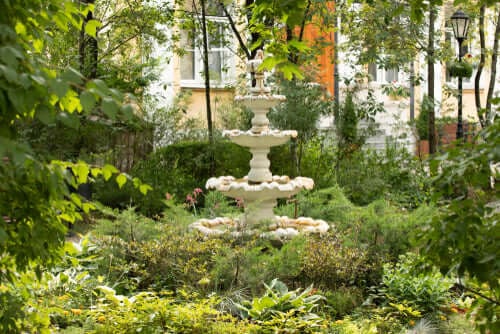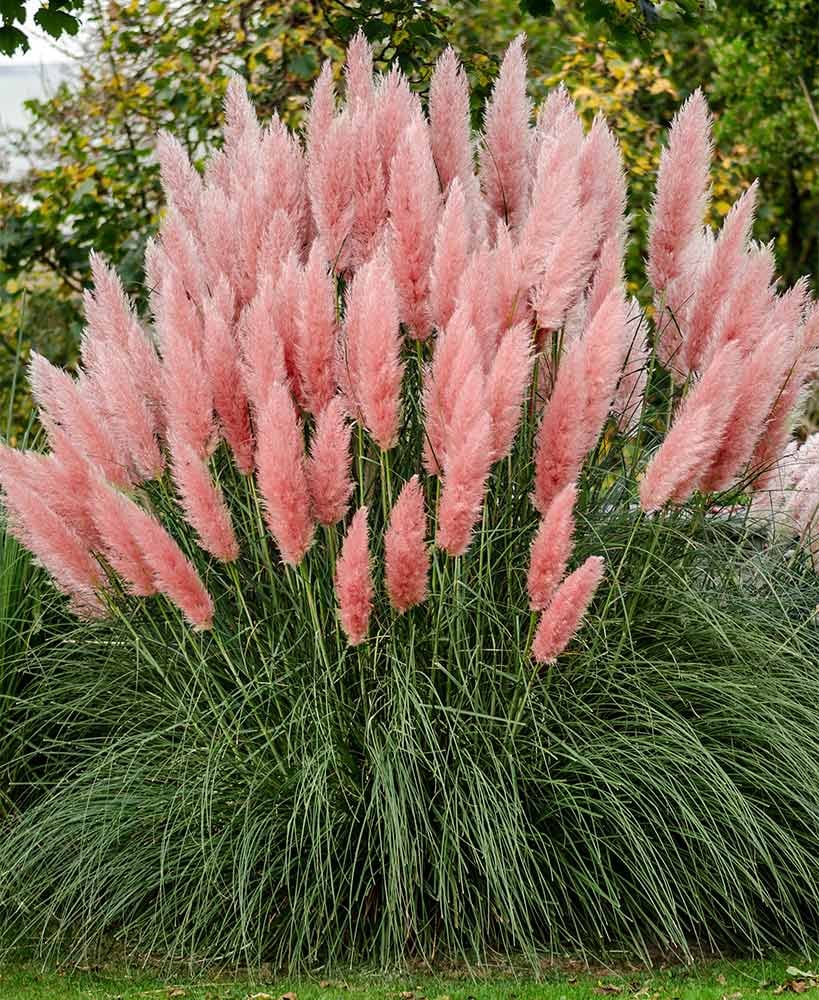Perennials are plants that come back year after year. You may have heard that you are supposed to divide perennials without knowing what that means for your particular plant. I will walk you through dividing your perennials. It isn't hard but there are some things you need to know to do it correctly.
Signs A Perennial Needs Dividing
Perennials that need dividing how several symptoms. The plant may have a bald spot in the center where the oldest part of the crown has died. Some perennials have progressively smaller blooms and may stop blooming altogether until they are divided. Some perennials can outgrow their spot in the garden.
How Often To Divide Perennials
Perennials grow by adding plant matter to the crown of the plant. Aggressive perennials like aster may need to be divided every two to three years. Less aggressive perennials like a black-eyed susan may need to be divided every 3-4 years. Plants like hostas may go years before needing to be divided.
Benefits Of Dividing Perennials
Dividing perennials has several benefits.
Reinvigorating the Plant
Perennials that need division may start to decline. The blooms, as mentioned, may get smaller and smaller or even stop altogether. Colored bearded iris may start having only white flowers. A thicket of perennials may start to compete so much for water, nutrients, and sunlight with itself that the plant declines.
Control Growth
Some perennials grow so large that they crowd out other plants in the area. Mint and plants in the mint family are notorious for this. Digging the plant up and dividing it can give the other plants a chance to continue growing.
Gives You Extra Plants
Sometimes, you want extra plants. You may be planting a new area and want some transplants or to share them with neighbors. You have already paid for the perennial, so dividing it will give you free plants to share. One caution is that you are not supposed to share perennials that are patented by the developer.
Pick The Day
Perennials should not be blooming when they are divided. They need to put their energy toward root and foliage growth, not blooms.
Pick an overcast day to divide the plants. A sunny, hot day can dry out the roots of the perennial before you can transplant the new plants. Pick a day when rain is forecast for the next few days to water the plant and help it recover from division.
Time Of Year
Fall blooming perennials should be divided in the spring.
- The new growth makes it easier to find the plant that needs dividing.
- Smaller stems and leaves are easier to handle without harming them.
- The stored-up energy in the root helps the plant recover and start to grow.
- The plants will have a full growing season to recover before winter dormancy.
Divide spring and summer blooming plants in the fall.
- It is easy to find the plants.
- There is less gardening work in the fall.
- Divide at least four weeks before the first frost to let the roots recover before winter.
Step By Step
- Water the area around the plant to be divided the day before you dig up the plant. If you are planning to transplant the new plants in your garden the same day, water that area the day before, too.
- Dig up the plant that you plan to divide. Use a spade or garden fork and be careful not to injure the plants as you dig it up. Make a cut beside the plant on all four sides and then pry the plant up to protect the roots.
- Remove the dirt from around the roots.
- Divide the plant into several parts based on the type of root system as described below.
- Plant the new pieces. If you are not planting the new pieces immediately, wrap the roots in a wet towel and place them in the shade. Keep them cool and moist until you plant them.
How To Divide
Perennials have several root systems. They need to be divided a little differently depending on the root system.
Spreading Root Systems
Ornamental grasses such as pampas grass and some other plants have a mass of roots that are tangled with one another. Pull the plant roots apart, making sure each piece has four or five stems and the associated root. You can also cut them apart. Discard the center part if there is a hole or dead spot there.
Clumping Root Systems
Plants like daylilies and hostas with a clumping root system should be cut apart with a sharp knife. Keep several eyes, or buds, with each piece. If you want more plants, you can cut the pieces so they only have a single eye. However, the plant will need to grow another season before blooming again.
Rhizomes

Plants like bearded iris have a rhizome that grows at or just a little above ground level. Cut each rhizome into sections with a single fan of leaves on them. Cut the fan of leaves back by half so the smaller rhizomes can support them. If you find a part of the rhizome has insect damage or cuts, discard that part. Plant rhizome pieces so the top of the rhizome is just visible above the soil.
After Care
Plant the new pieces as soon as possible so they stay in good shape. Water the plants after transplanting them. Do not fertilize the plants the first year so they do not put out more foliage than the roots can keep hydrated and fed.
Do Not Divide
Perennials with long tap roots, such as butterfly weed, do not divide well. You should put them in a place that is large enough for them to live out their lives at their mature size.
We Can Help
If you are not sure when to divide your plants, the trained staff at TN Nursery can tell you what the recommendations are for that plant. Give us a call at 931.692.7325.
Read more

Trees are often planted along streets in cities to reduce the urban heat effect. While beautiful, these trees often shade the landscape around them enough to keep turfgrass from growing. Landscap...

Sometimes, you move to a home with a neglected garden that is such a mess it is hard to know where to start. Reviving a neglected garden is a lot of work. However, when your efforts succeed, you ...






